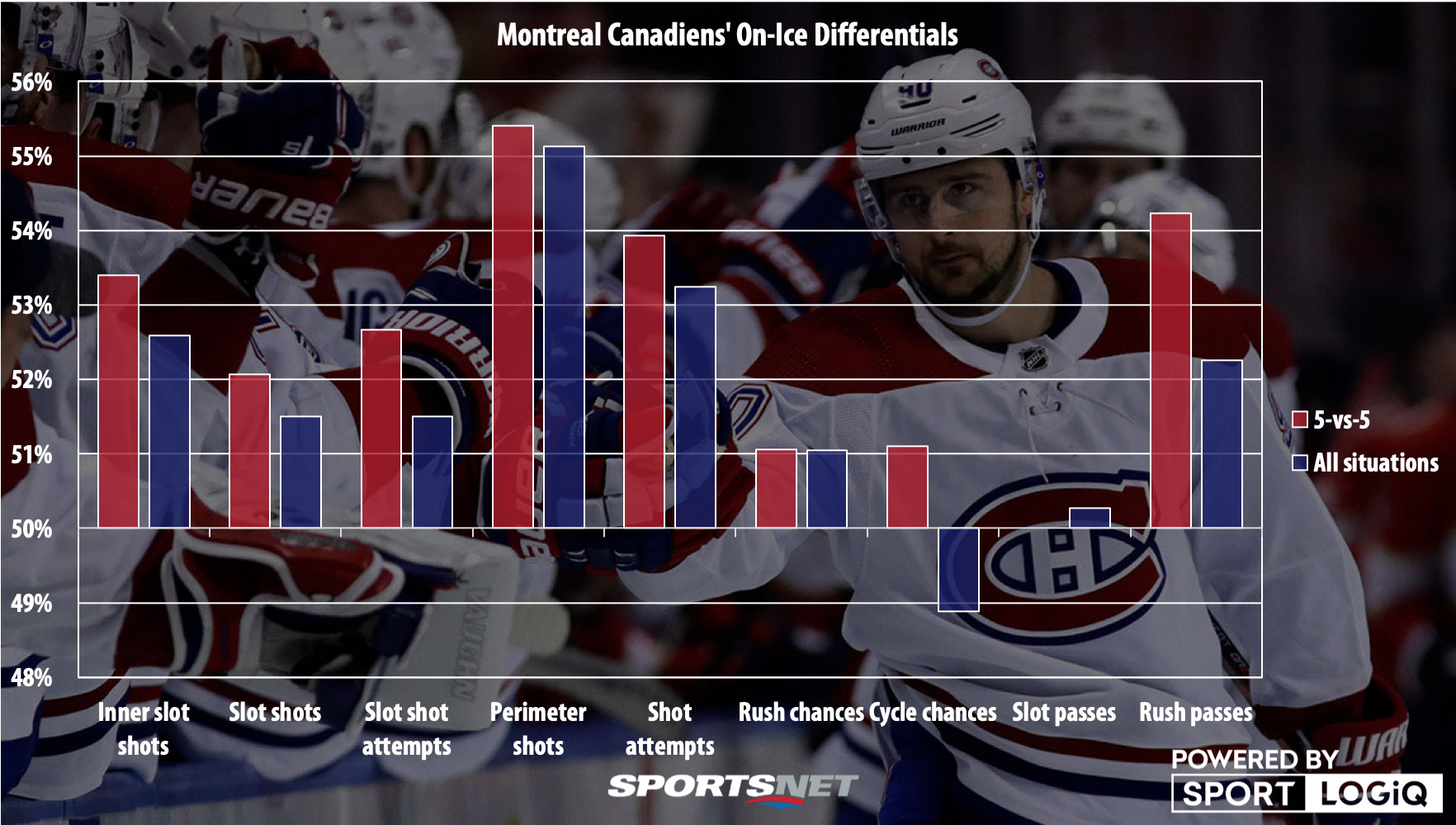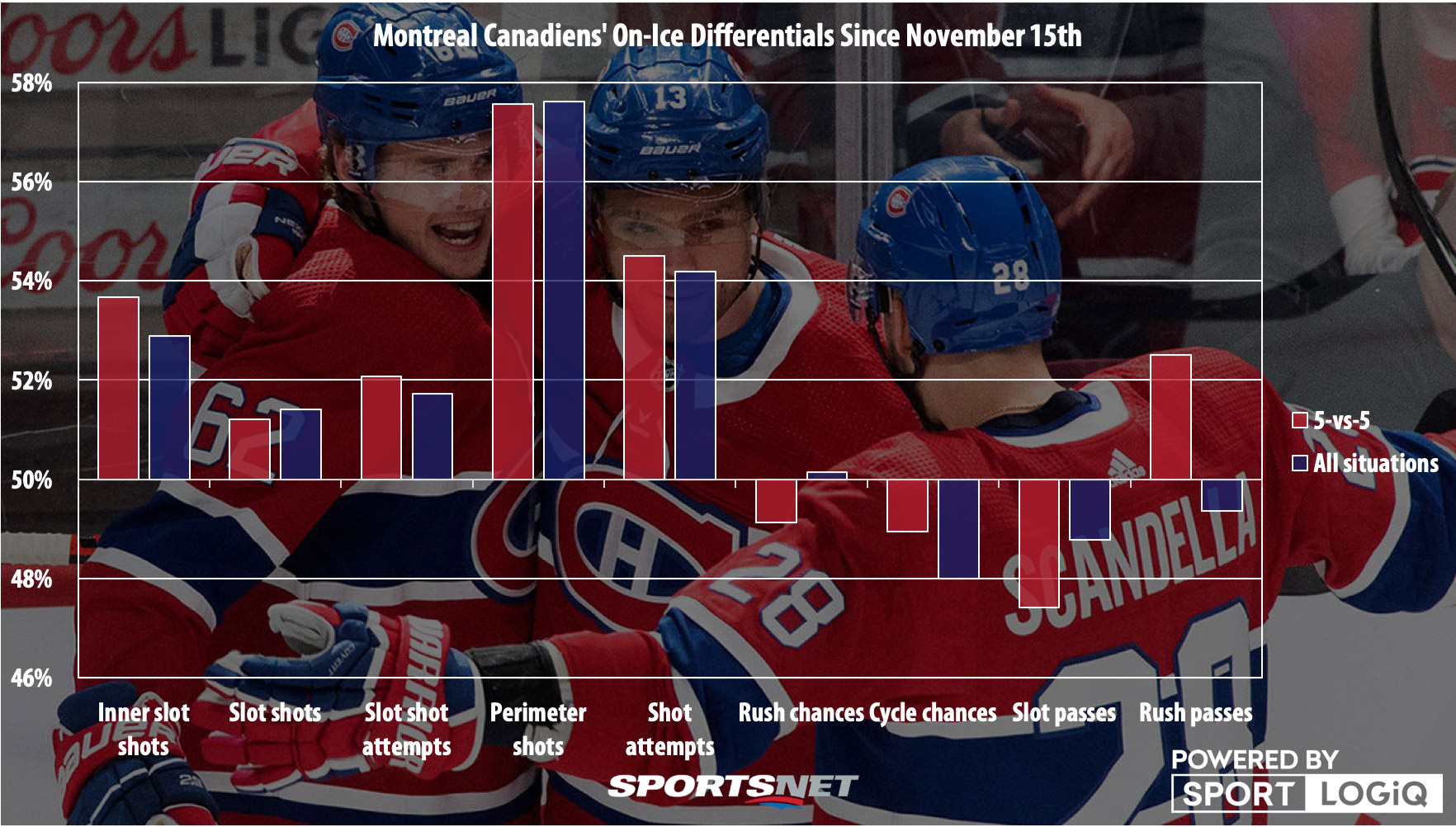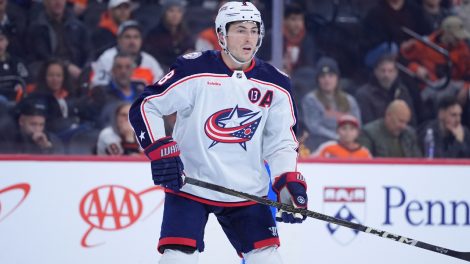Are the Montreal Canadiens a bad team? It’s a question that has to be asked after a promising start to the season has slipped away and the Canadiens are now on the road to missing the playoffs for a third straight season.
A 96-point season in 2018-19 would indicate that they’re not terrible, as would the strong play when the whole roster was healthy earlier in the campaign, but the Canadiens franchise has missed the playoffs in three straight seasons just twice before in their 110-year history: from 1919-1920 to 1921-22 and from 1998-99 to 2000-01.
To add more misery to the equation, the Canadiens are on track to miss the playoffs in three of the last four seasons, something that has only ever happened once before, from 1998-99 to 2002-03. The coach who was in charge when that run of poor teams ended was none other than Claude Julien, the current Habs bench boss.
The circumstances then were much different than now, as the Canadiens were attempting to dig themselves out of a deep rut of mismanagement over the previous decade that saw the team lose high-quality players like Chris Chelios, Claude Lemieux, Patrick Roy, John LeClair, Eric Desjardins, Guy Carbonneau, Mark Recchi, Pierre Turgeon, Mathieu Schneider and more in trades for little-to-no return. The glut of talent given up was monumental.
That isn’t the situation today. Outside of a couple of deals, general manager Marc Bergevin has done a relatively decent job making trades, but in year eight of his tenure as the guy in charge, who are these Canadiens that Bergevin has built?
On the face of it, this is a team that has outplayed opponents both at even strength and overall, though there are weaknesses. The Canadiens give up more than they get off the cycle, and their passing game in and around the slot is average at best.
They dominate shots to a relatively strong degree, but they’re far better at controlling the perimeter than they are at controlling the slot. Regardless, these aren’t the kinds of numbers you expect for a team in total freefall; the Canadiens have lost 19 of their last 26 games, they’ve lost 27 of the 45 they’ve played overall, and they rank 26th in the NHL in points.
This is all a bit confusing, but let’s remember that those inept 26 games filled with 73 per cent of the team’s losses this season were begun by injuries to Paul Byron and, more importantly, Jonathan Drouin. How much different do those differentials look if we isolate the Canadiens since those two players were taken out of the lineup?
Since those injuries, the Canadiens have increased their control of the perimeter and their shot metrics remain relatively strong, but the contributing factors that create more dangerous shots have swung against them. They’re no longer getting the best of teams off the rush, and the struggle to control cycle chances has been exacerbated.
Worse than either of those is that the Canadiens’ control of passes has eroded from break even to a clear weakness, which makes things harder on the goaltenders and goal scorers.
But even still, the control of shots alone should lead to better than winning just seven of 26 games, which is where goaltending, confidence, bad breaks and mental mistakes start to kick in.
The Canadiens like to make a lot of plays with the puck – it suits the speed they like to play with and the roster built around depth that Bergevin has constructed – but since Nov. 15 they’ve committed the second-most turnovers in the neutral zone of all teams in the NHL, bested in that category only by the San Jose Sharks. That leads to a lot of counter-attack chances and defenders playing on their heels trying to react to plays.
[relatedlinks]
There’s plenty of blame to go around for this collapse – injuries are a good excuse, and Carey Price’s play has left a lot to be desired – but ultimately in a league with so much parity, both in the spread of talent among teams and in the false parity created by the overtime point, the margin for error is increasingly small.
That margin for error is even smaller when a team has no superstars to speak of. Price in his prime was a game-changing talent. For years, he floated poorly coached and poorly managed teams with spectacular performances, flanked by P.K. Subban and Max Pacioretty in their primes to push play the other way. The current Canadiens have no players as impactful as those three in their primes, the closest being Brendan Gallagher.
It’s clear the Canadiens believed that Price would continue to be his Hart Trophy-contending self for a few years longer. It’s possible he re-gains that form for a stretch – just look at how many people (myself included) believed Pekka Rinne was done before he rattled off three excellent seasons at ages 34 to 36, including winning a deserved Vezina Trophy.
However, relying on players in their early-to-mid 30s is historically a very bad idea in the NHL, and while Shea Weber is turning in an excellent season for the Canadiens amid this collapse, at 34 years old the other shoe could drop at any time.
[snippet id=4167285]
The Canadiens are a decent, but fragile team. They need to have their key components all going at the same time to be successful, and for three straight seasons they’ve proven that this is an unlikely scenario. Bergevin likes to call the current phase the Canadiens are in a “reset” instead of a rebuild, but a reset implies a quick turnaround and that hasn’t happened.
The idea was that Weber and Price would be the leaders for the next wave of Canadiens players to grow with a winning culture instead of bottoming out and not having the veteran leadership to show the young kids the way. But as promising as the Canadiens’ pool of prospects is, there’s no game-changing superstar waiting in the wings, just a lot of good to very good prospects.
And that idea of the elder statesmen leading the youth into a good team culture hinges on Price and Weber being two in a million players who harbour no bitterness that their last competitive years are being wasted on a team spinning its wheels. Maybe they are, but for a team that clearly believes its best window for competing isn’t now – just look at the millions of dollars in dead cap space Bergevin has left open the last three years – it’s beyond time to explore the option of adding as many kicks at the can to acquire that superstar as possible.
Bergevin doesn’t want to admit the team is in a rebuild, but his refusal to pick a lane is only going to keep the team mediocre for longer. They need a talent infusion that’s more than maybes and what-ifs for the team to compete in the short-term, and long-term they’ll need to draft higher, and more often, to give themselves the best chance at breaking a 27-year Stanley Cup drought.








